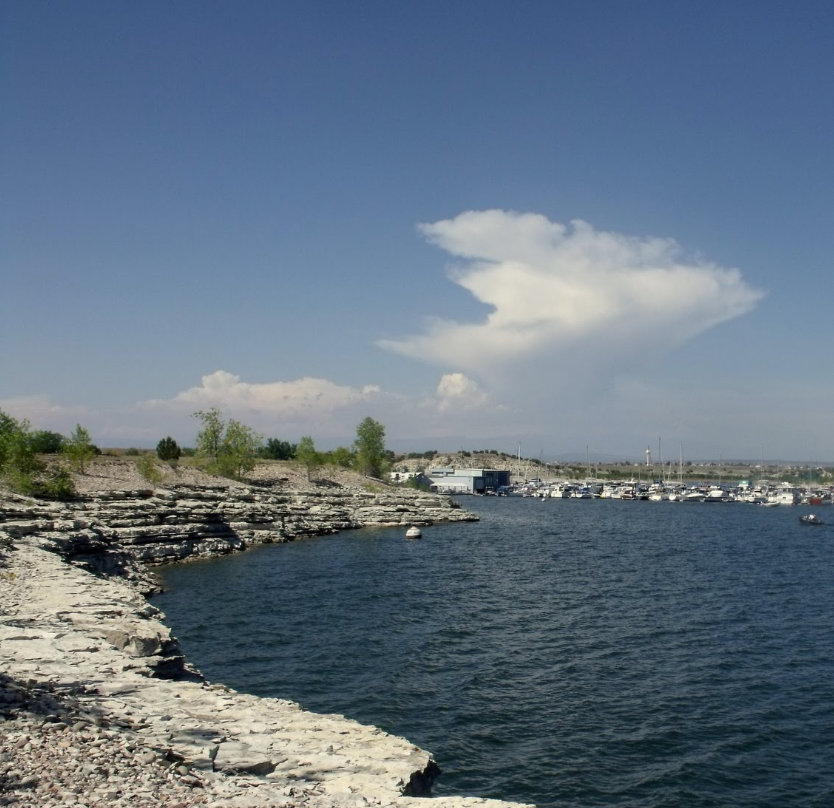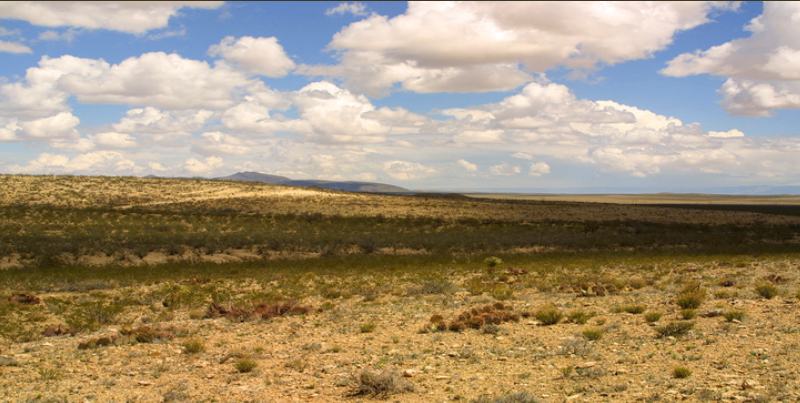Most often flat land is the least expensive to develop and the most desired for building purposes. However, be careful when buying flat land because the worst thing you can do is buy swamp or marshland. Land with barren rock will increase costs and virtually eliminate a basement just the same as a high water table. The best $150 you can spend is investing in an online research company such as www.homeinfomax.com. Also, please review the mapping program included regarding expertgps.com in association with Google Earth. Short of visiting the parcel, this is going to give you 90% of the land story, plus you’ll have great maps to provide your potential buyers!
Regarding the quality of the soil – high quality soil appears rich and dark in color and is considered ideal for most purposes. You don’t want soil that is hard, cracking ground when dry and then sticky soil when wet. Warning! Check with your state offices for the presence of expansive soils; this stuff cracks foundations in the most insidious ways, leading many to ruin.
Many people are literally being driven to the hills -granted the views can be spectacular but roads, utilities, water, sewer, and foundations, such as pilings, can add 25-30% to building costs alone, further adding to this already expensive proposition. When considering going vertical, an 8-degree slope is about the limit when concerning building economically on hillsides. Plots with trees, a view, rectangular in shape, a gentle slope or none and a good location are most often preferred, and streams can boost values by 100% in some cases.
How to Determine the Value of Raw Land
Using the appraisers standard view of estimating value can give us some clues, so let’s look at what appraisers do!
* Site size and shape, represented by frontage, width and depth.
* Corner influence equals visibility for commercial, or privacy for residential
* Plottage, has assembly or combining of parcels been accomplished
* How much land is excess or surplus; surplus has less value than what is required
* Topography: Land’s contour, grading, natural drainage, soil, view and usefulness
* Utilities: Sewers, drinking water, natural gas, electric, telephone, cable, etc.
* Site improvements: Landscaping, fences, gutters, walks, drives and irrigation
* Accessibility: Parking, location, streets, alleys, connecting roads and highways
* Environment: Climate, adequate water supply, air quality, rivers, lakes, oceans and the absence of any hazardous materials
An old timer once gave me this advice: He said, “Mark, always try to buy land that is located as close to those amenities that an area is famous for, as that is often the reason people come to certain areas. He lived in Florida and had plenty of beachfront property located in tourist areas, which clearly illustrated his point.![]()





